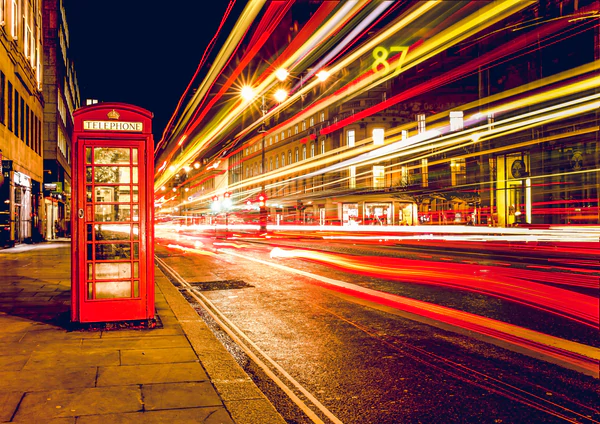
Changes in the media landscape in recent years have been dizzying. Never before has the public exercised so much control over what they hear and see.
Audiences are increasingly moving away from conventional channels, traditionally supported by advertising revenue, and turning to ad-free content they can consume at their leisure.
But people’s behaviour differs according to the type of content. For example, we are seeing a movement that’s bucking the trend in the world of sports, with 95% of content still being consumed live.
This can be explained by the fact that sports events attract huge audiences, a phenomenon that is essentially only possible via conventional media. With such turbulence in the media, companies are taking advantage of this island of stability and are ready to pay to get on board. Far from being extinct, traditional channels allow brands to deploy their sponsorship activations.
Content can be created as a supporting element intended to capture the consumer’s attention before, during and after a live event. It can also help support the presentation, in the form of a second screen or even as independent content. We’re not just talking about reacting directly to be included in the conversation (see the Relevent Magazine), but rather to create exclusive ephemeral content geared to specific platforms that isn’t as slick as traditional ads.
Ephemeral content sets off a few interesting consumer behaviour triggers. The first is urgency, or the fear of missing out. Fans have a more compelling envy to consume ephemeral content that will disappear either instantly or in 24h. The second is exclusivity; the knowledge of such information makes them special, they belong to a small circle who is in the know.
For example, the platform Snapchat allows the presentation of transient content. According to comScore, the social app has a penetration of close to 33% and is the third most popular social media platform among people between the ages of 18 and 34, after Facebook and Instagram. When we examine the younger 18- to 24-year-old segment, the platform has a penetration of one person in two, which is huge.
Snapchat’s “Live Stories” let users submit images and videos from various marquee events, such as the NBA All-Star game and the Super Bowl. It thus grants insider access to fans who are not able to be there in person. This type of fleeting content creates a feeling of urgency and is therefore a powerful weapon in the presence of such a vast proliferation of choice, where fans don’t want to miss out on anything related to the hot topic of the day.
In September 2015, the NFL became the platform’s first sports partner, inking a two-year deal with Snapchat. In the first year alone, an impressive 65 million users viewed the content, including 40% outside the United States. Clips presented via “Live Stories” can generate more than 10 million views in a 24-hour period, which is enormous, when one considers that a top American TV show reaches approximately 15 million viewers.
This strategy is paying off for the NFL, in part because it allows the organization to not only reach a younger clientele and a new public beyond its traditional market but also to now market specifically to this audience. Skittles was the first brand to integrate 10-second ads explicitly created for the platform into the NFL’s content.
Heineken, which is also known for its innovative sponsorship of the Coachella music festival in California, created an account called HeinekenSnapWho for Snapchat, which let festivalgoers follow and get hints about which musical acts would be performing at the Heineken House before anyone else.
And Taco Bell also broke new ground when it pushed the ephemeral content envelope as part of its “Spicy Chicken Cool Ranch Doritos Locos Tacos” campaign, which was clearly aimed at a young, Snapchat public. The initiative paired a number of teen-favourite brands—Taco Bell, Doritos, Snapchat, MTV—with movie actors. A video with various incarnations of the new menu item was shown, with the final scenes of the story presented as a movie. It was a stroke of genius for the platform.
There is one golden sponsorship rule, however: activations that craft either live or ephemeral content must place the spotlight on the partner. This allows marketers to engage with the partner’s audience (or fans) while adding appeal to the content. The temptation to be the main attraction must be avoided. The content should have an authentic feel, because the platform’s audience isn’t expecting something flawless and polished, contrary to other types of content or traditional advertising.
In this context, it is essential to derive the full benefit from the social aspect of platforms, to create a conversation between consumers—who are often grouped into small communities—and, ideally, between them and the brand.
New live-streaming platforms have recently appeared on the scene, such as Periscope and Meerkat, with others sure to follow. In order to familiarize themselves with them and adapt to their respective audiences, brands will have no choice than to proceed by trial and error.
Sources:
